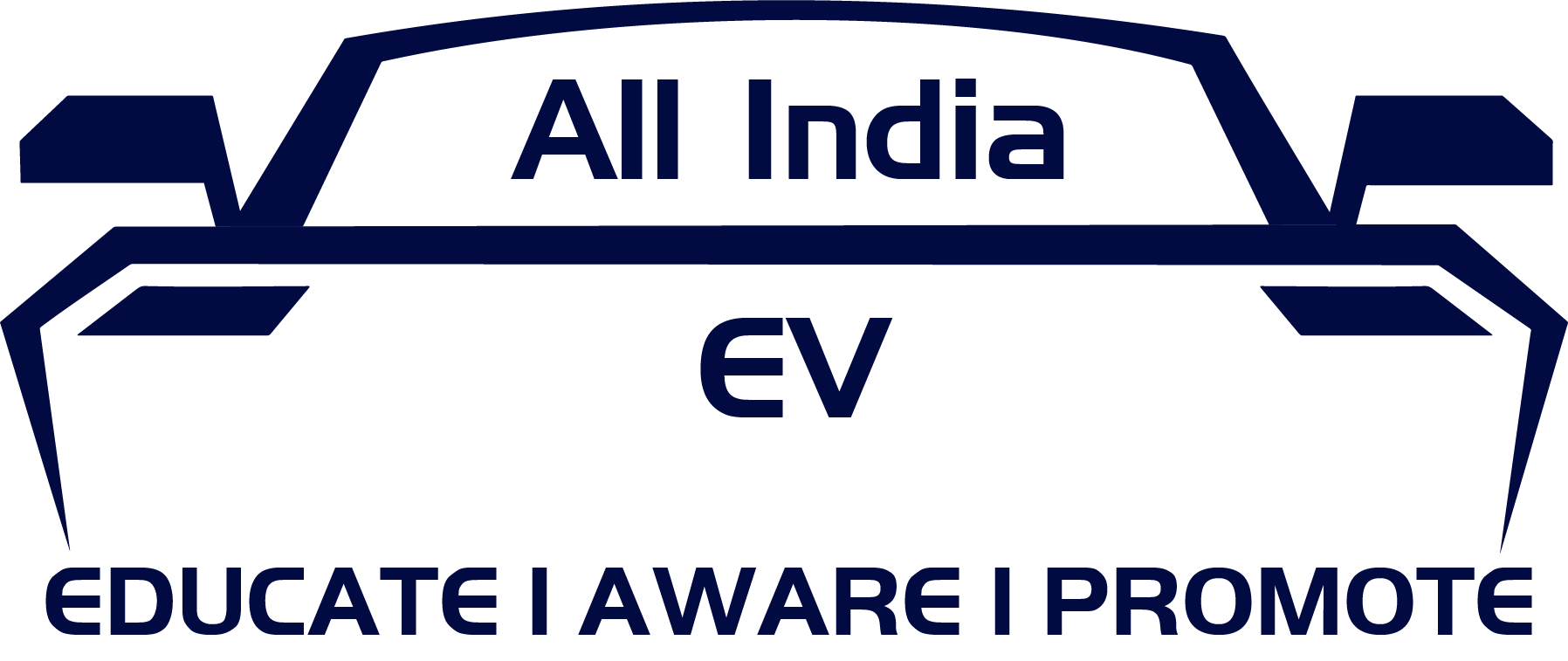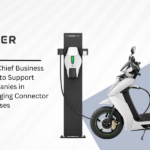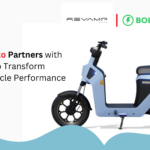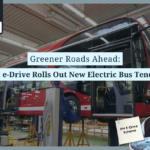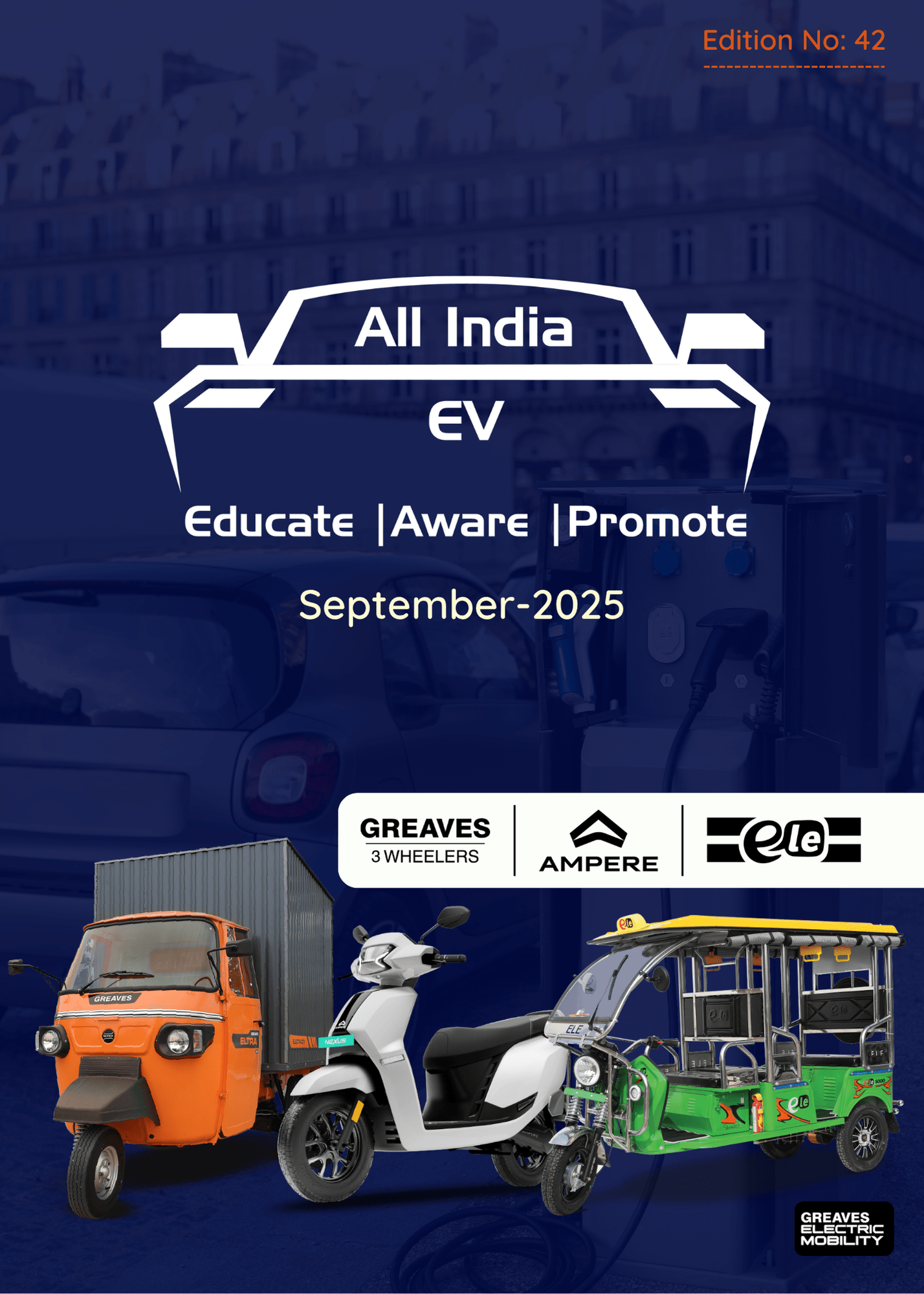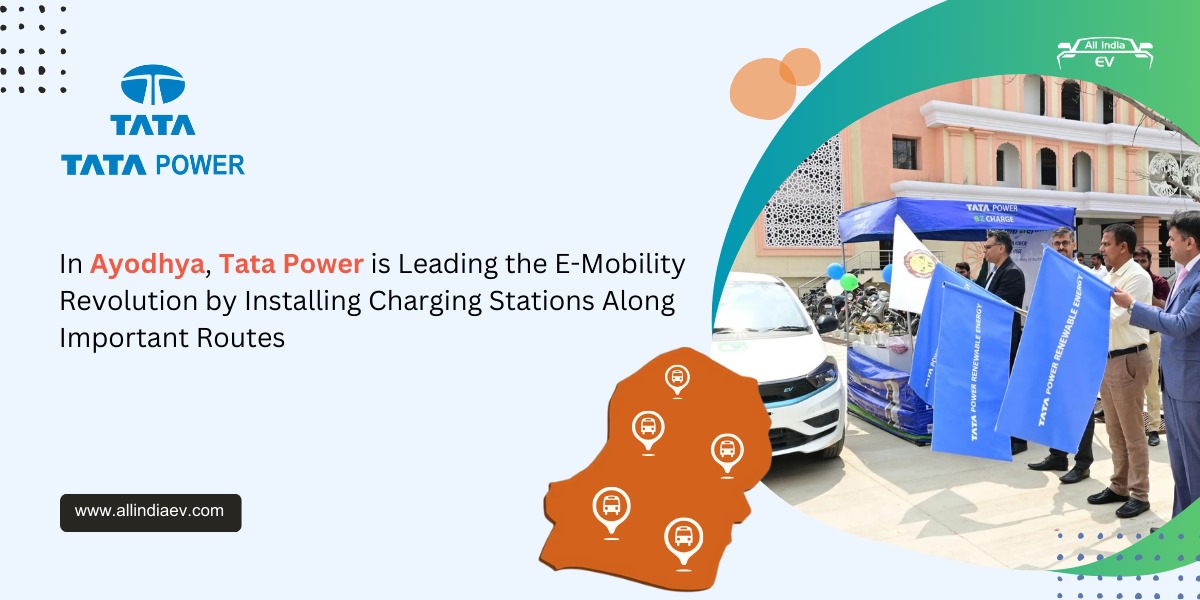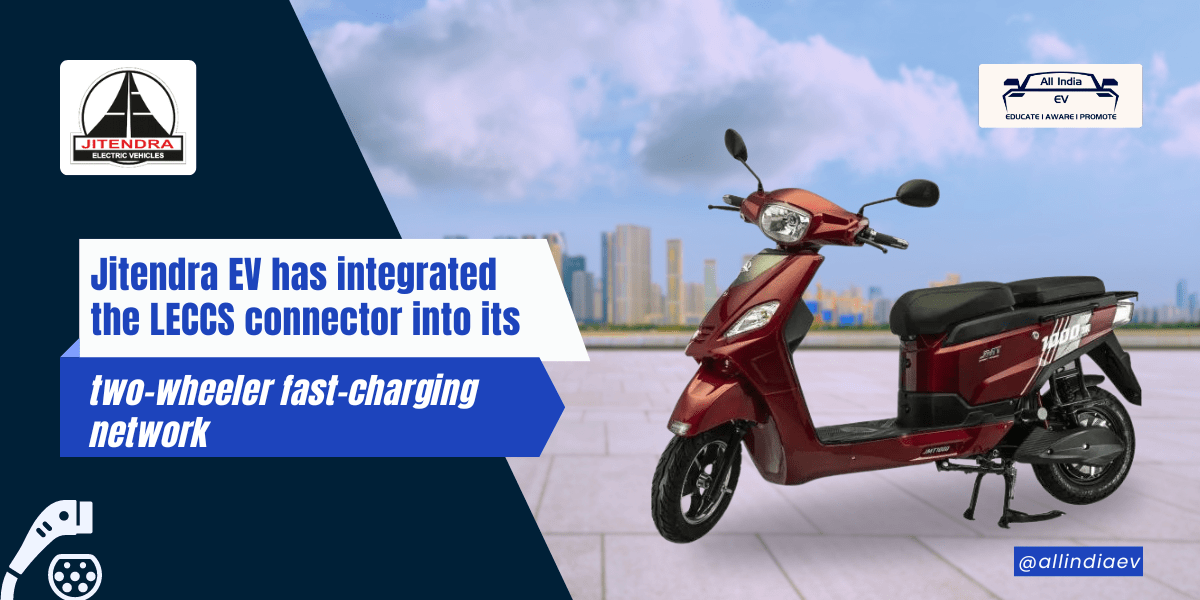
Jitendra EV adopts LECCS connector for fast-charging network of its two-wheelers
Jitendra EV is stepping up its game in the electric vehicle market by integrating the Indian-developed LECCS (Light Electric Combined Charging System) connector into its JMT 1000 SW electric scooter. This strategic move unlocks access to Ather’s widespread fast-charging network, enhancing the charging experience for users and promoting greater adoption of electric mobility in India.
The decision to adopt the LECCS connector, officially known as the IS17017 (Part 2 / Sec 7) standard, marks a significant milestone for Jitendra EV. By aligning with this standard, the company ensures that its customers can tap into Ather’s established fast-charging infrastructure, making EV ownership more convenient and practical across the country.
JMT 1000 SW: Built for Versatility and Performance
The JMT 1000 SW electric scooter is engineered to cater to both personal and commercial use. With this new compatibility, it now seamlessly integrates with the fast-charging stations on AtherGrid, providing users with a reliable and efficient charging solution.
The scooter itself is robust, with a gross vehicle weight of 255 kg and a payload capacity of 150 kg. Its design includes tubeless tires on alloy wheels, front disc brakes, and rear drum brakes, ensuring safety and comfort on various terrains. The 175 mm ground clearance further adds to its versatility, allowing it to navigate different surfaces with ease.
Powered by a battery from The Energy Company, the JMT 1000 SW offers an impressive range of 100 km on a single charge and can be fully charged in just 50 minutes. The scooter is equipped with a comprehensive cluster display that provides essential information such as distance to empty, fault detection, thermal propagation alerts, battery percentage, and time to charge. Additional features include a USB charging port, three-speed modes, and a reverse gear, making it a well-rounded choice for various riders.
What are LECCS Connectors?
The LECCS (Light Electric Combined Charging System) connector is an indigenously developed standard in India designed to simplify and standardize the charging process for light electric vehicles. LECCS connectors are part of a broader effort to create a unified charging ecosystem that is both interoperable and scalable.
By adopting this connector, electric vehicles can use a common charging interface, reducing the complexity for manufacturers and enhancing convenience for users. This standardization plays a crucial role in the growth of electric mobility by ensuring that different brands and models of electric two-wheelers can share charging infrastructure, thereby expanding the network’s accessibility and usability.
